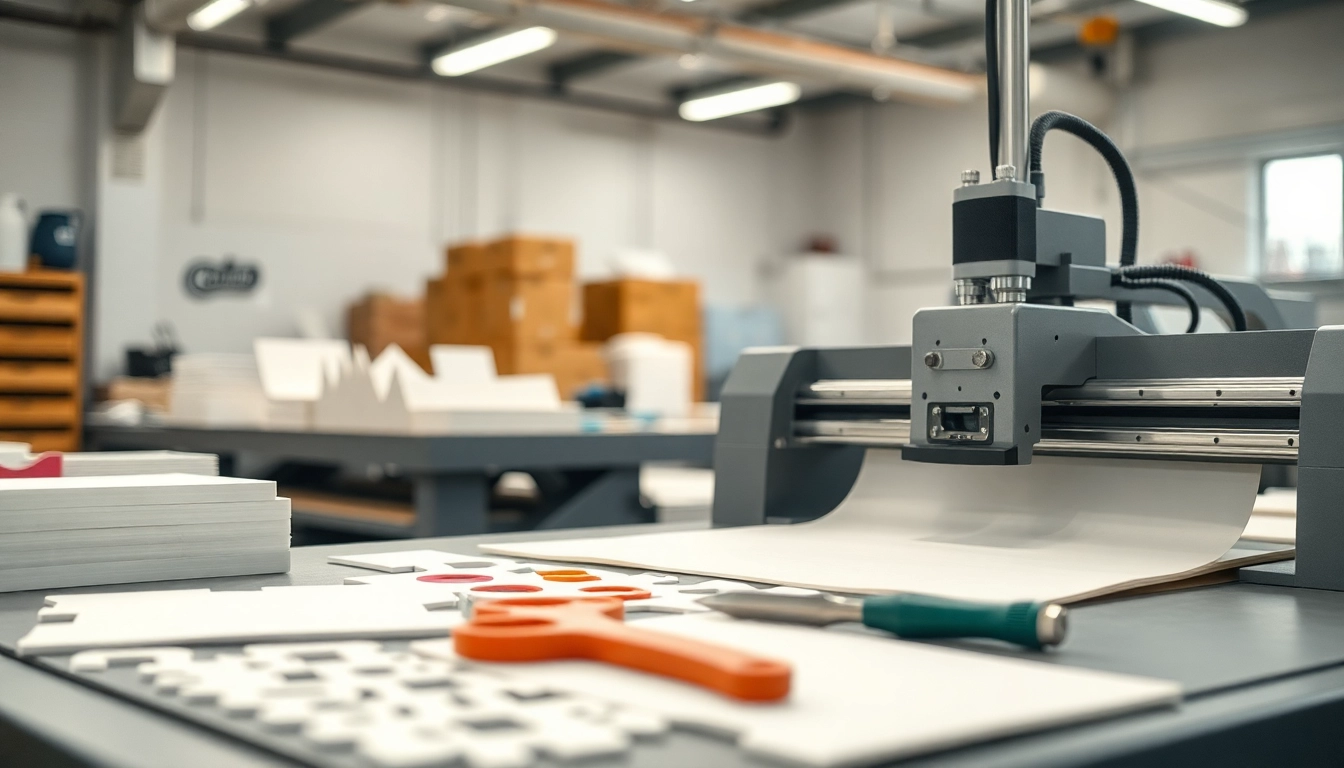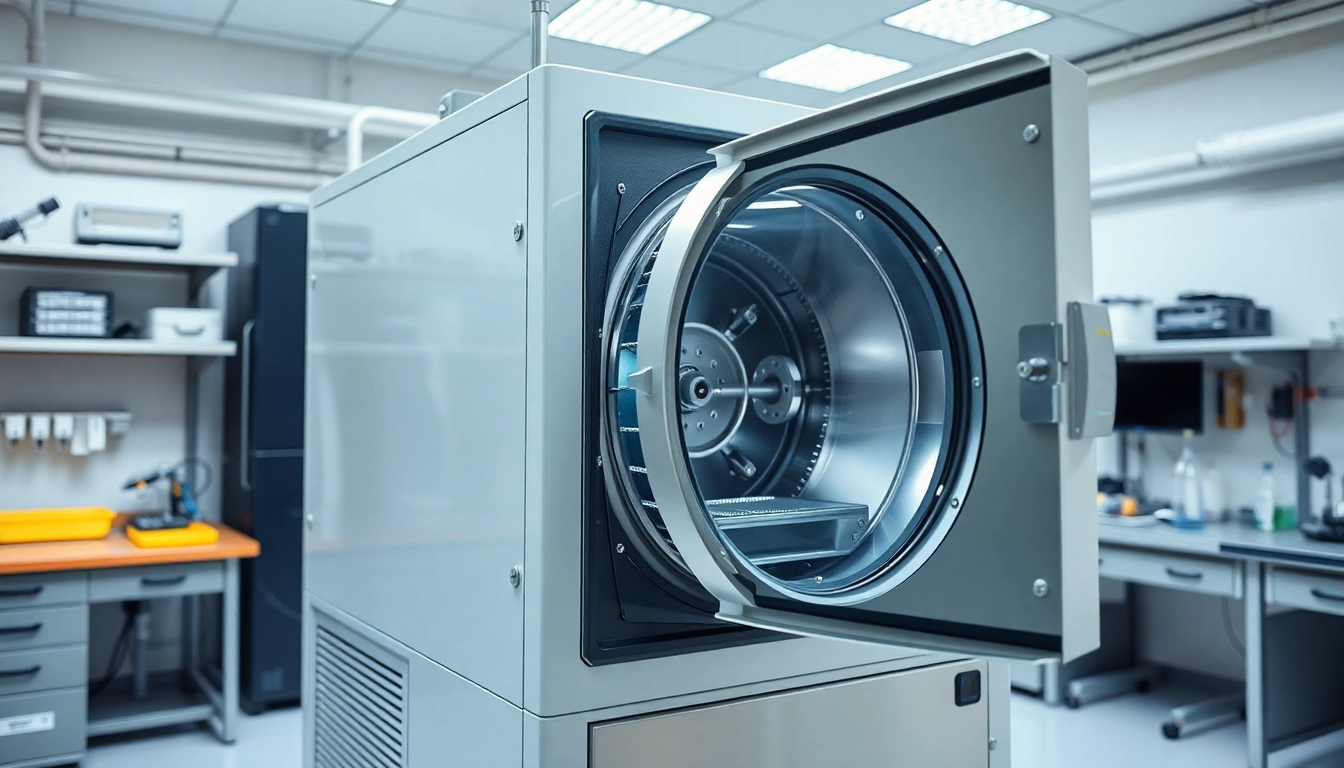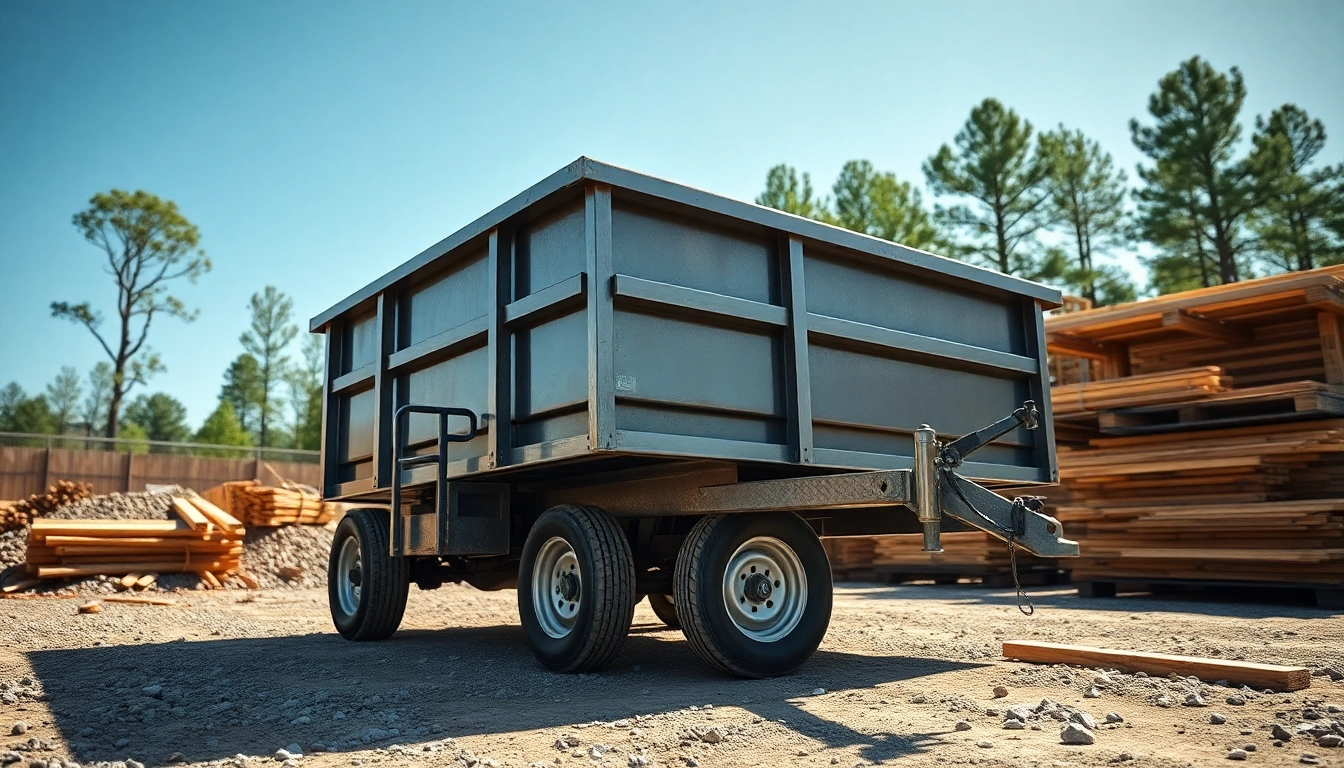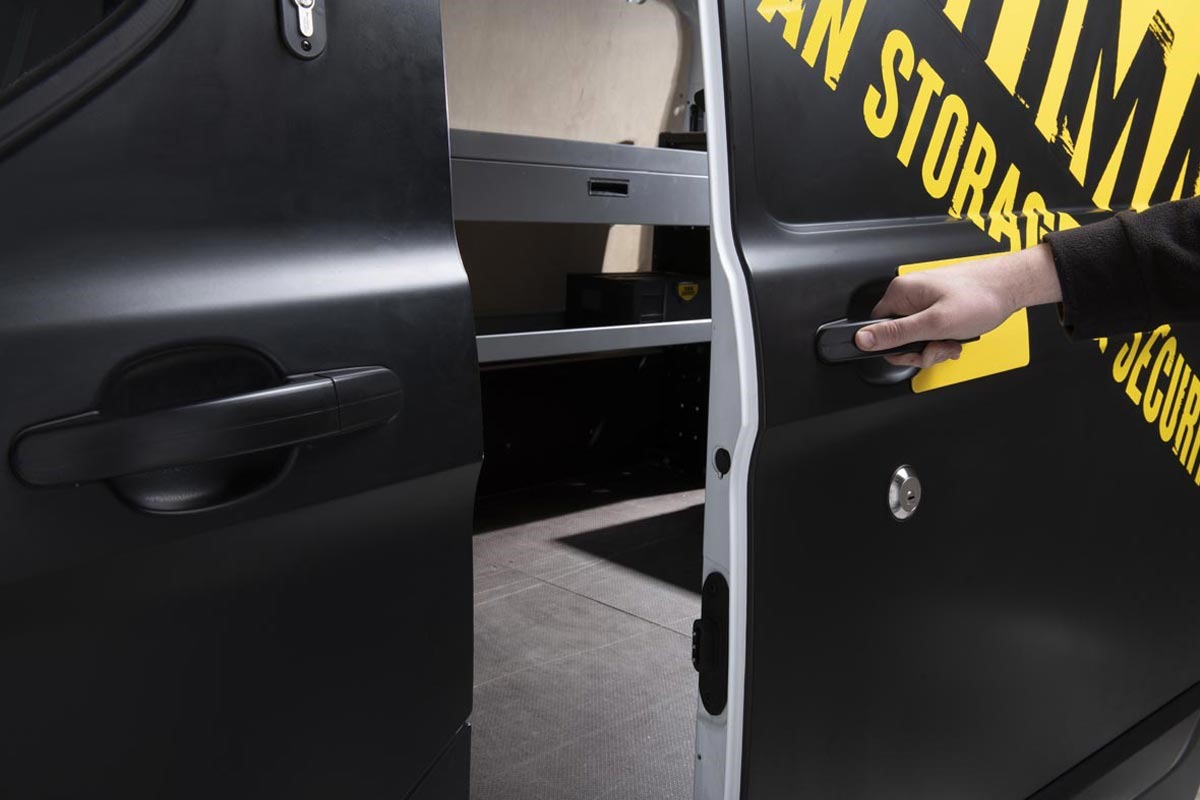Understanding Precision Die Cutting
What is Precision Die Cutting?
Precision die cutting is a highly specialized manufacturing process that utilizes a sharp die to cut materials into specific shapes and sizes with high accuracy. This method is employed across various industries, including packaging, automotive, electronics, and medical device manufacturing. Unlike other cutting methods, precision die cutting is defined by its capability to create complex designs at scale while ensuring consistent quality.
The process begins with the design of a die, which can be made from various materials such as steel or polymer, depending on the application requirements. Once the die is created, it can cut through a variety of materials, including paper, plastics, rubber, and metals, allowing manufacturers to produce intricate components efficiently. For a deeper dive into the intricacies of this process, you can explore precision die cutting capabilities.
Applications of Precision Die Cutting
Precision die cutting has a broad spectrum of applications ranging from small custom jobs to large-scale production. Some prominent areas include:
- Packaging: Die cutting allows for the creation of custom boxes, inserts, and other packaging components designed to fit specific products.
- Automotive: Automotive manufacturers use precision die-cut components for gaskets, insulation, and trim parts.
- Electronics: The electronics industry relies on precision die cutting to produce parts for devices such as smartphones, laptops, and appliances, ensuring both functionality and aesthetic appeal.
- Medical Devices: Precision die cutting is critical for producing components like seals, gaskets, and custom fit parts that meet stringent regulatory standards.
Materials Used in Precision Die Cutting
The choice of material is pivotal in precision die cutting, as it directly affects the tooling process and the quality of the end product. Common materials include:
- Paper and Cardstock: Lightweight and easy to cut, these materials are often used for packaging and promotional items.
- Plastics: Types including acrylic, PVC, and polypropylene are widely used for durable components in packaging and product displays.
- Foams and Tapes: Used predominantly in automotive and packaging industries, die cutting these materials allows for custom gaskets and cushioning.
- Metals: Thin sheets of metal can be die cut for use in various applications, including electronics and automotive components.
Benefits of Using Precision Die Cutting
Cost Efficiency and Resource Savings
One of the major advantages of precision die cutting is its cost efficiency. The initial investment in die creation can be high, but the long-term savings are significant. High-volume runs allow manufacturers to benefit from economies of scale, reducing the cost per unit. In addition, the minimized waste generated during the cutting process leads to decreased material costs. By optimizing the layout and nesting of components within the material, companies can further reduce the amount of scrap material produced.
Improved Quality and Consistency
Precision die cutting ensures that every piece produced is uniform in size and quality. The accuracy of the cutting process eliminates variations often associated with manual cutting methods. This consistency is crucial for industries such as automotive and electronics, where precise fit and finish are mandatory. Additionally, the quality of the cuts achieved with a well-designed die leads to better functionality and performance of the final products, further enhancing customer satisfaction.
Faster Production Times
With the ability to produce large quantities rapidly, precision die cutting significantly speeds up the manufacturing process. The automation of the cutting process reduces the time required for production, allowing companies to meet tight deadlines and increase their overall output. In environments where time sensitivity is critical, such as medical device manufacturing, this advantage is particularly beneficial.
Precision Die Cutting Processes Explained
Types of Die Cutting Techniques
There are several die cutting techniques available, each suited to different applications:
- Flatbed Die Cutting: Ideal for thicker materials, this method involves placing the material flat on a table where a pressing die cuts through it. Suitable for complex shapes and designs.
- Rotary Die Cutting: This technique uses a cylindrical die to cut through materials as they pass through a rotary press. It’s well-suited for high-volume production with continuous materials.
- Digital Die Cutting: In this method, a computer-controlled blade cuts the material based on digital designs. It allows for quick adjustments and is ideal for custom jobs or short runs.
Steps in the Die Cutting Process
The die cutting process generally follows these steps:
- Design: Create a digital design that outlines the shape and dimensions of the die.
- Die Creation: Manufacture the die using materials suitable for the intended use.
- Material Preparation: Select and prepare the material to be cut, considering thickness and properties.
- Cutting: Execute the cutting process using the chosen die cutting technique.
- Finishing: Perform any necessary finishing operations, such as trimming or adhesive application.
- Inspection: Conduct quality control checks to ensure accuracy and performance.
Choosing the Right Technique for Your Project
Selecting the appropriate die cutting technique largely depends on the project requirements, including material type, production volume, complexity of shapes, and budget constraints. Flatbed die cutting is advantageous for unique designs and thicker materials, while rotary die cutting is more efficient for high throughput of standard shapes. For short runs with frequent design changes, digital die cutting offers the flexibility needed to adapt quickly.
Challenges in Precision Die Cutting
Common Issues Faced During Die Cutting
Despite its many benefits, precision die cutting is not without challenges. Some common issues include:
- Material Variability: Variations in material characteristics can lead to inconsistent cutting results.
- Die Wear: Over time, dies can wear down, resulting in less accurate cuts and the need for frequent replacements.
- Setup Costs: The initial investment in tooling, particularly for complex dies, can be significant.
How to Mitigate Risks and Ensure Quality
To mitigate some of these risks, manufacturers can employ several best practices:
- Material Testing: Performing tests on materials before production can save time and help choose the best materials for the job.
- Regular Maintenance: Implementing a maintenance schedule for dies and machines ensures they remain in optimal condition, preventing issues before they arise.
- Training Operators: Ensuring that machine operators are well-trained can significantly improve cutting accuracy and reduce errors.
Best Practices in Precision Die Cutting
To maximize the benefits of precision die cutting, consider the following best practices:
- Invest in Quality Tools: High-quality dies will last longer and produce better results.
- Design Optimization: Properly design die layouts to minimize scrap and enhance efficiency.
- Monitor Production: Regularly monitor production metrics to identify areas for improvement.
Future Trends in Precision Die Cutting
Technological Advancements in Die Cutting
The precision die cutting industry is continuously evolving, with technological advancements enhancing capabilities. Innovations in automation, robotics, and digital technology are making die cutting processes more efficient and accessible. Advanced cutting techniques are being developed to cater to more complex requirements, providing improved precision and faster setup times.
Sustainable Practices in the Industry
Sustainability is becoming a growing concern for industries worldwide, including die cutting. Manufacturers are increasingly focusing on reducing waste and improving efficiency through eco-friendly practices. Materials are being sourced more responsibly, and die cutting processes are being refined to minimize environmental impact. Recycling and reusing materials are becoming common practices to align with sustainability goals.
Market Growth and Innovations
The precision die cutting market is set to experience significant growth as industries seek more efficient solutions for their manufacturing challenges. Innovations will continue to drive the market towards faster production times, enhanced accuracy, and improved flexibility in design changes. As precision die cutting technologies advance, new opportunities for applications in various sectors will emerge, leading to expanded capabilities and improved product offerings.














Leave a Reply